Life without shops is already impossible to imagine; they save the most expensive resource – time. Instead of doing everything necessary for the household on our own, we prefer specialization and efficiency. Cheap oil allows you to make purchases without leaving your house; a specially trained courier will deliver your order by car. In the wake of the hype of the pandemic, the demand for the development of online stores has soared. Competition across the network has increased, therefore, owners need to find new ways of winning and retaining customers. Now, that's what we're looking to offer.
We've programmed a residual neural network, sewn into a mobile application, which increases the profitability of online stores. By sending a photo to the robot, the user formulates his preferences in terms of contours, shapes, textures and colors. Next, a neural network is activated, which is pre-trained in ‘beautiful images’ using a 100-GB database consisting of 2 million selected photos of goods. The photos are accumulated through the analysis and parsing of open sources, including 600 of the largest online stores. This idea is based on the search for a product that is as similar as possible to the model one shown in the photo. Instead of letting potential customers fly away to competitors, they are asked to show their preferences and are offered a link to purchase a similar product here and now.
A neural network is a mathematical model that functions on the principle of a biological neural network. That is, it acts in the same way as the nerve cells of a living organism. Neural networks simulate the activity of the human brain and are able not only to perform a once-programmed sequence of actions on predefined data, but also are able to analyze newly received information independently.
In our case, the neural network works the same way as a live sales consultant in a jewelry store or a stylist when selecting models of clothing and shoes.




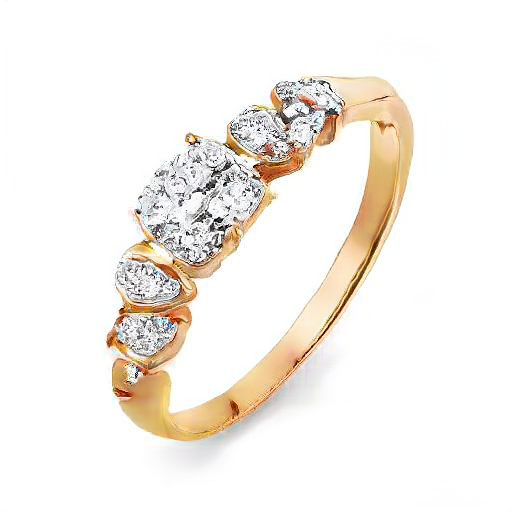
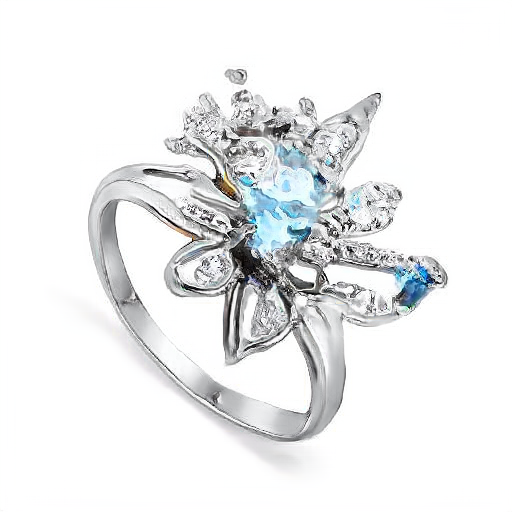
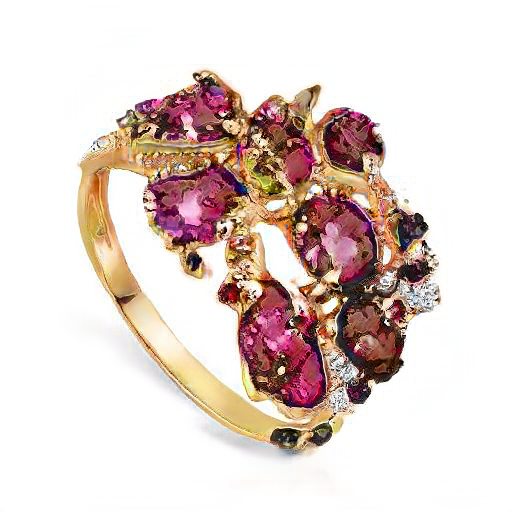
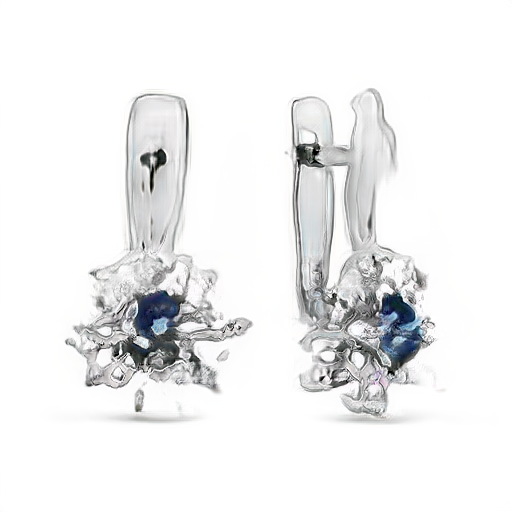
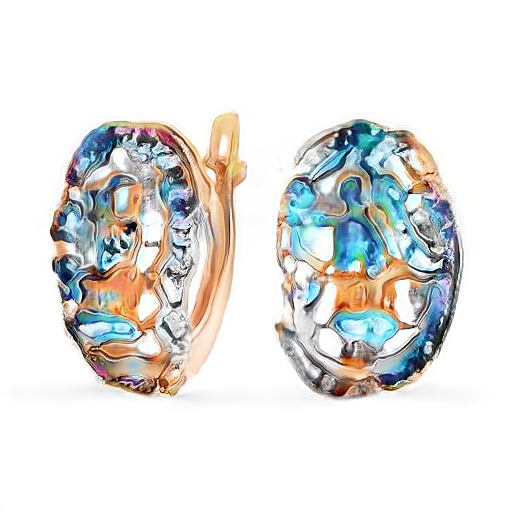
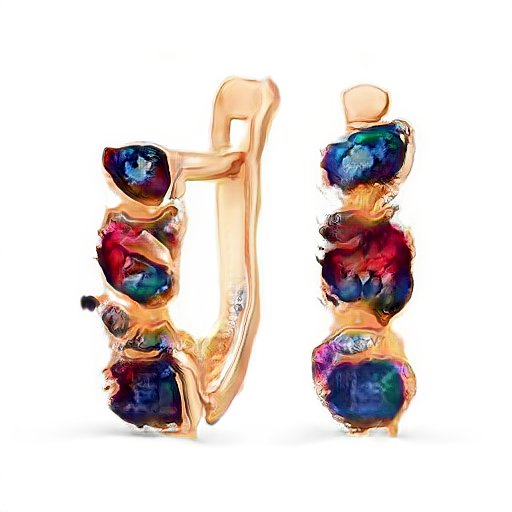
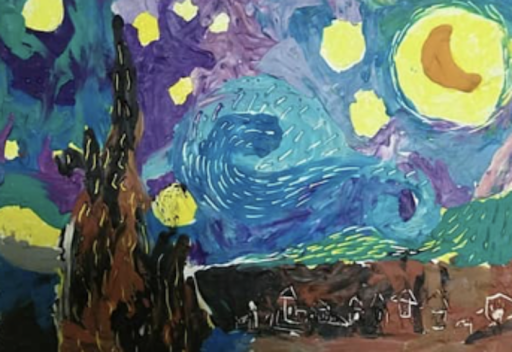
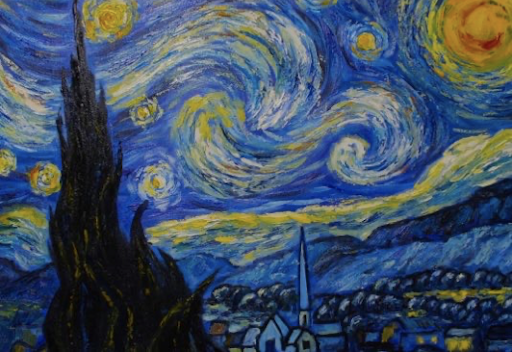
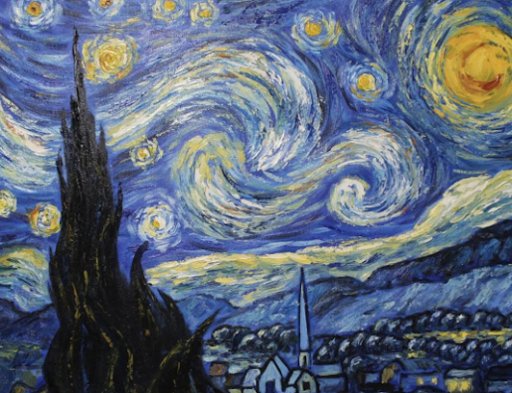
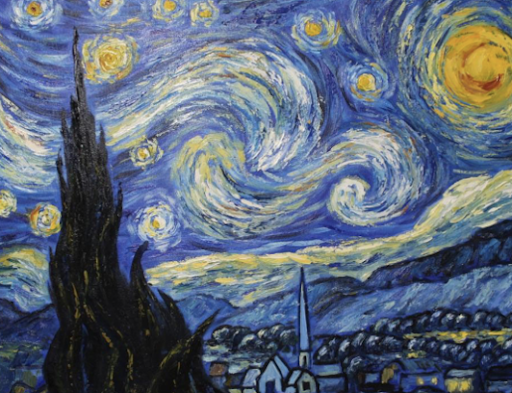
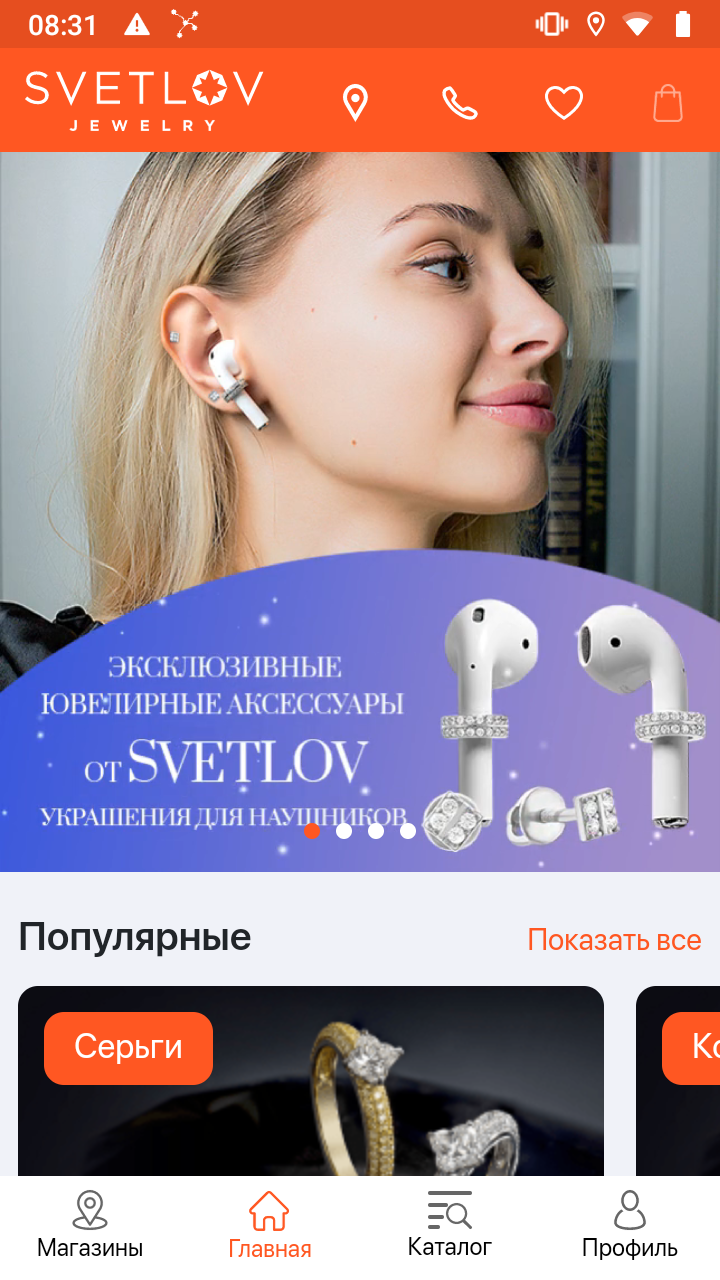
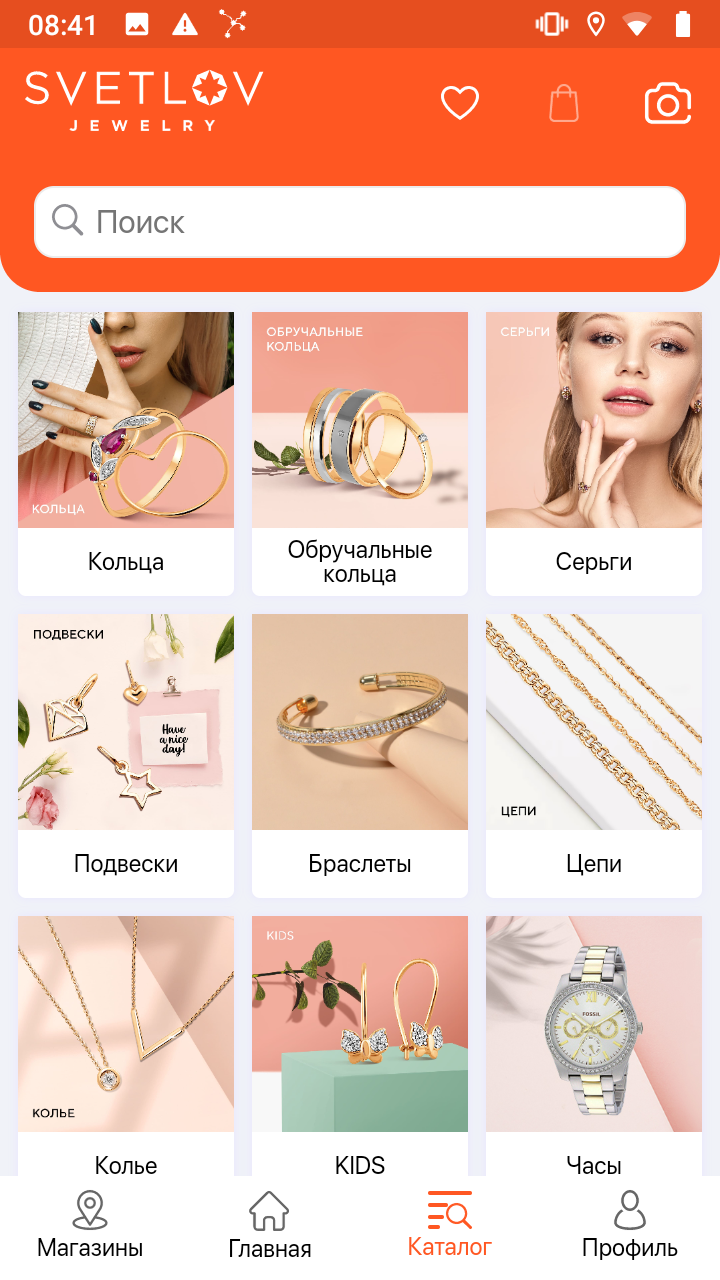
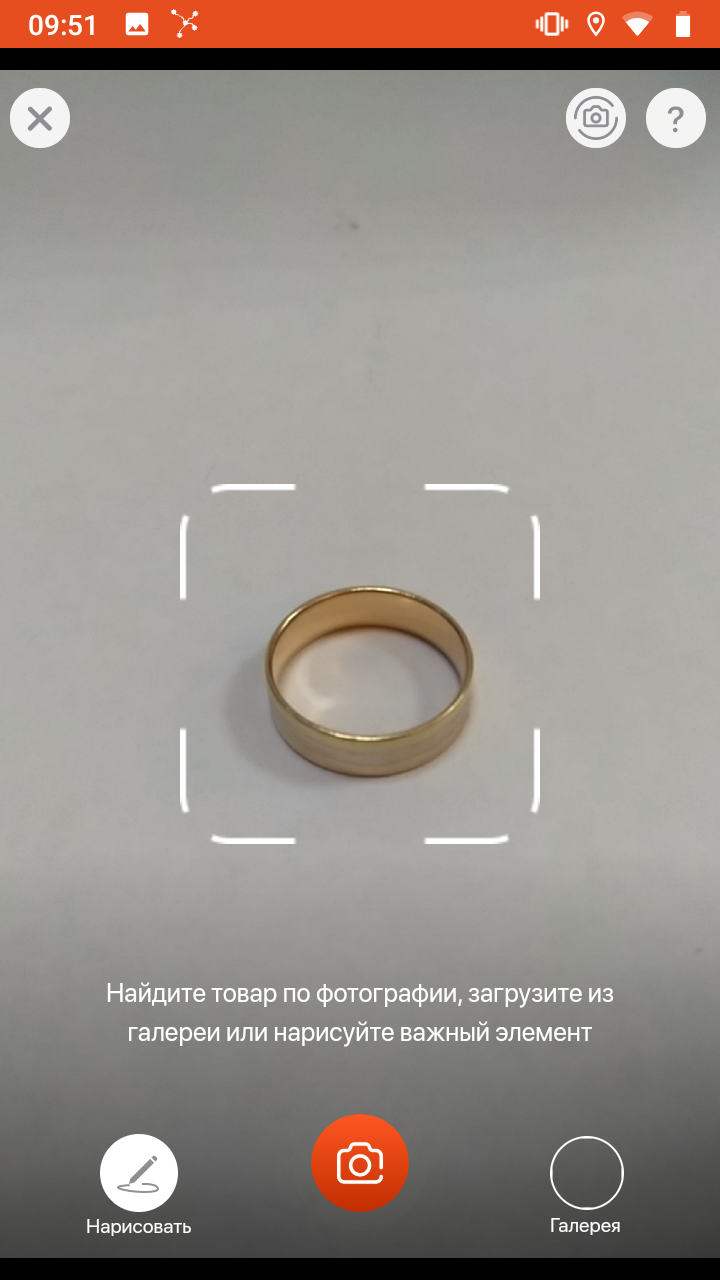
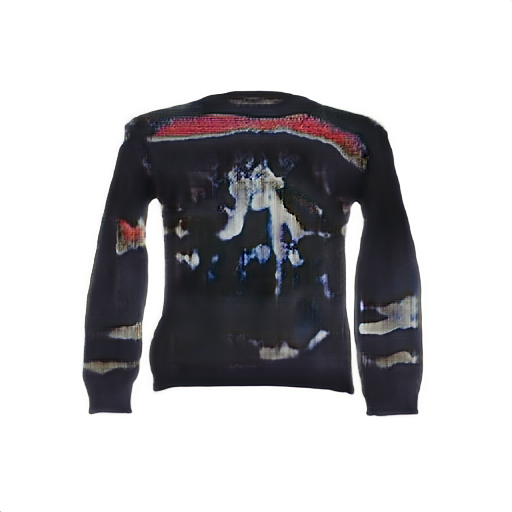
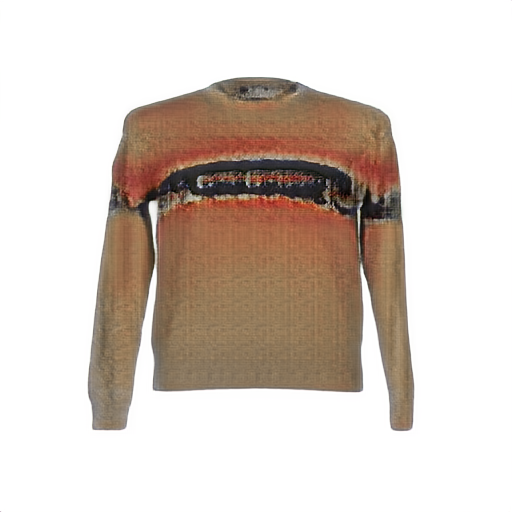
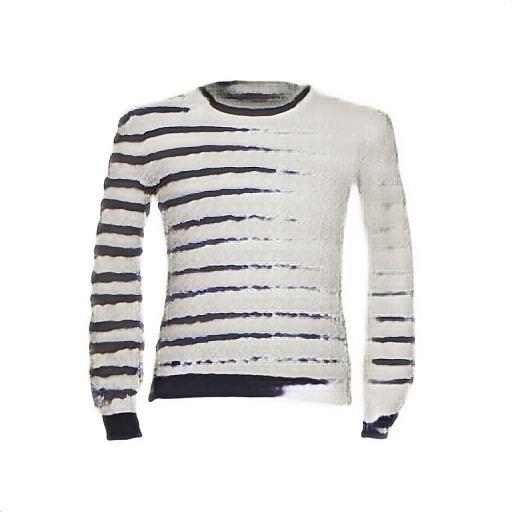
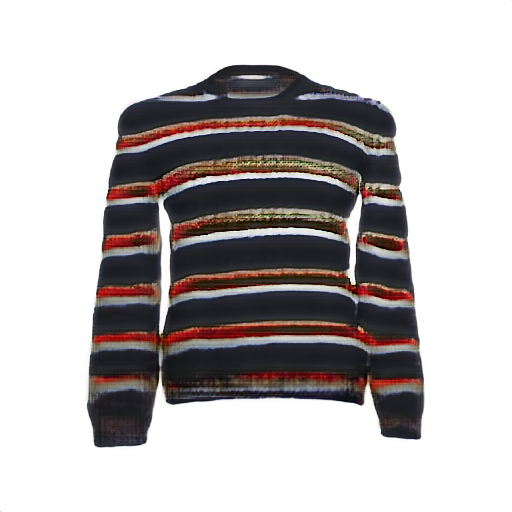
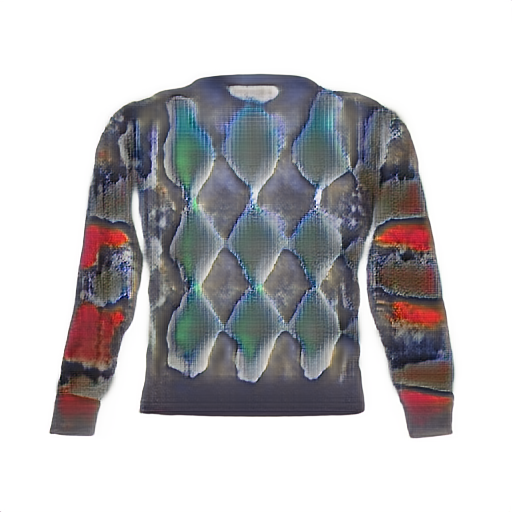
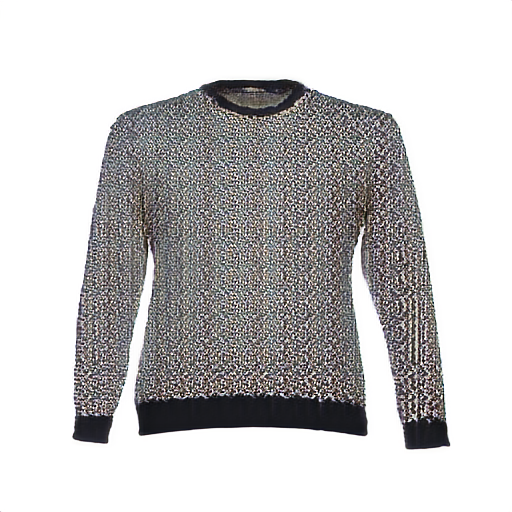
 2002–2025
2002–2025